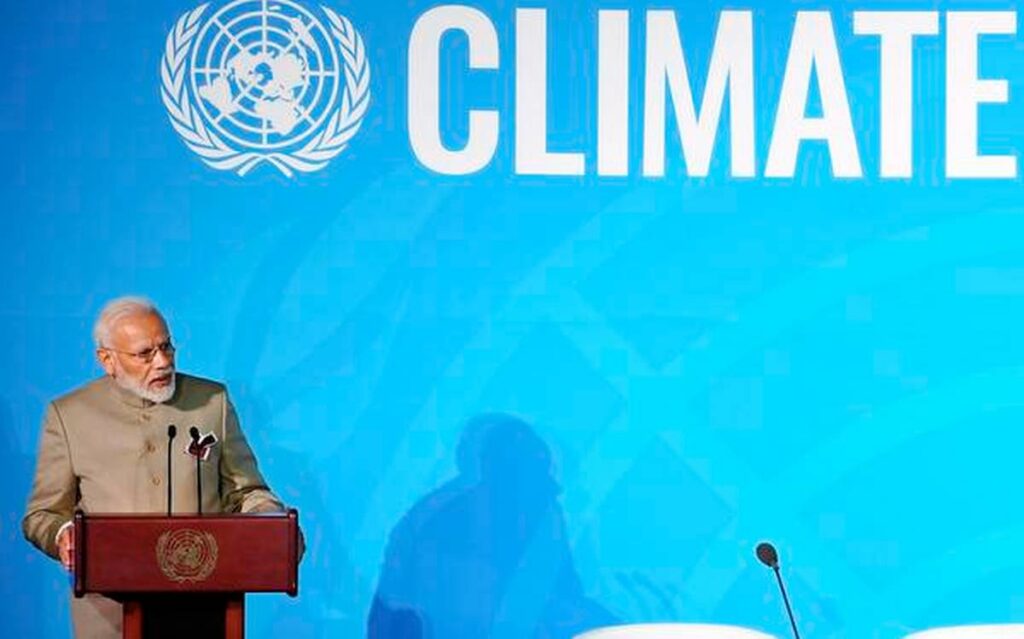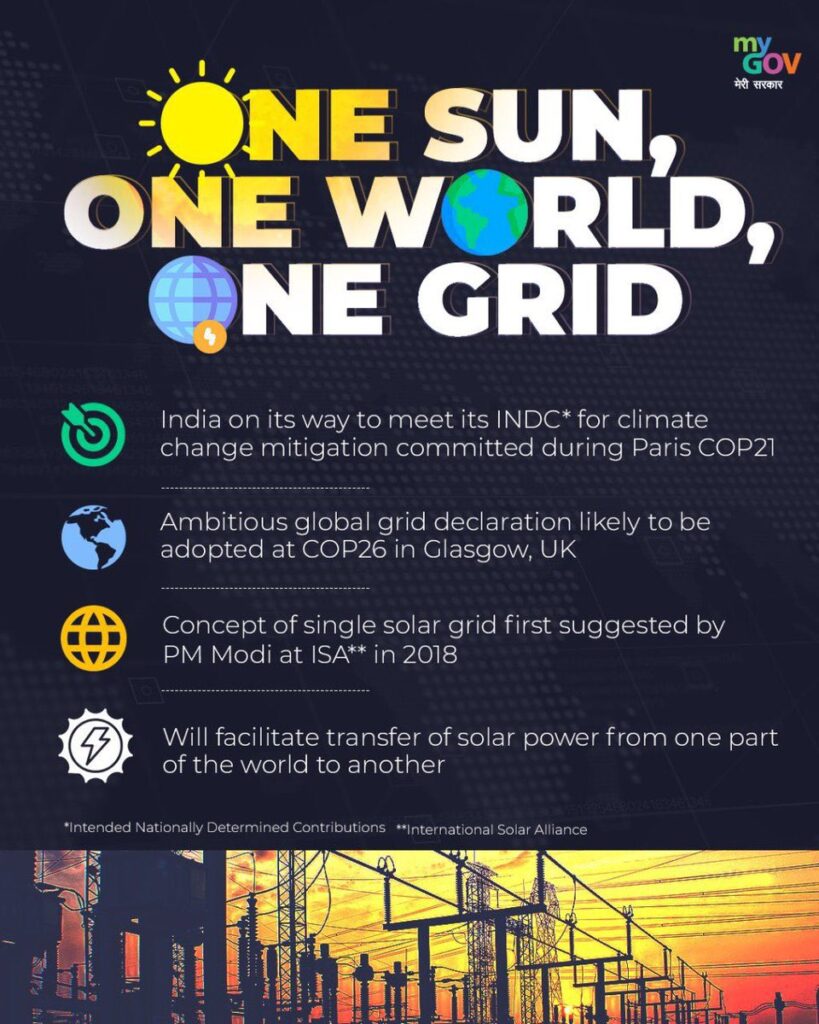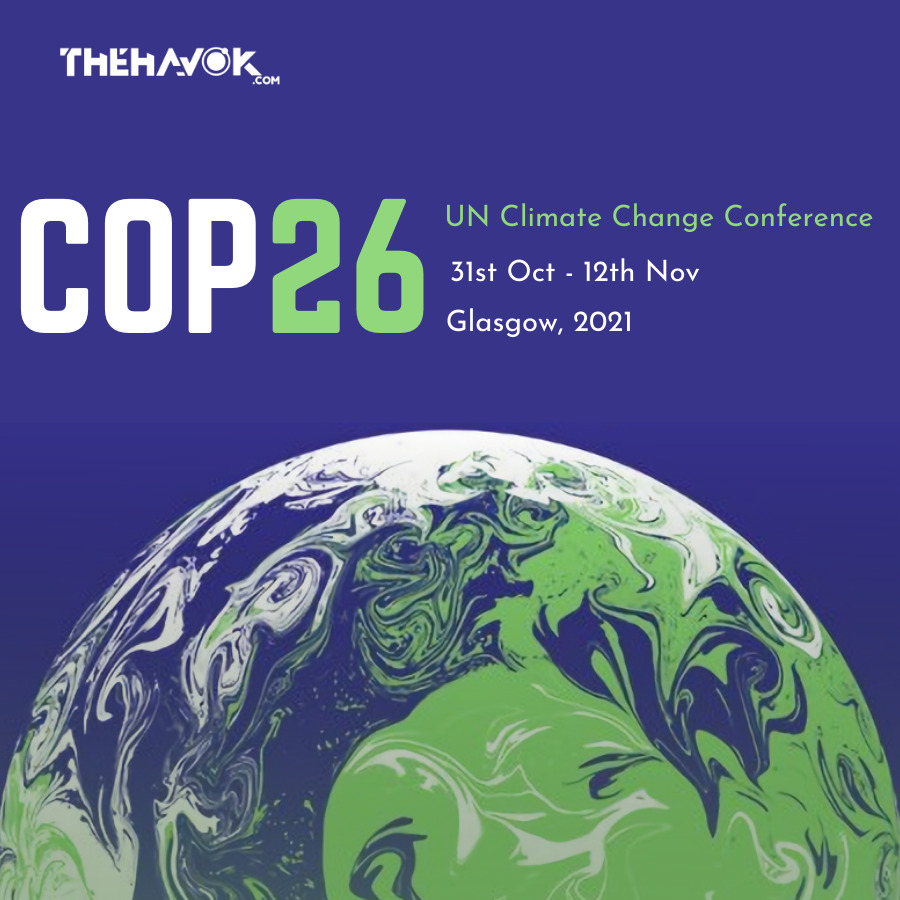Globally, every developed and developing nation is planning for the 26th United Nations Climate Change Conference, known to be COP26 which is to be held in Glasgow, United Kingdom from 31st October till 12th November. While most eyes will be on most contributors to climate change, the developed nations; India will also be a point of attraction. Major issues to be discussed at the summit will be Greenflation, climate fair share, climate ambition, climate finance, loss and damage leverage, and carbon market. The 15-member Indian delegation will consist of an inter-ministerial team with officials from New and Renewable Energy, Power, Earth Sciences, Agriculture and Finance ministries.

Well. Well. Lots to discuss. But India has different plans. Reportedly, India will stick to its stand and its main contention would be revolving around the transfer of technology and climate finance from developed to developing nations. While highlighting India’s strong position, Foreign Secretary Harsh Vardhan Shringla quoted, “We are perhaps the only G20 country to have fulfilled our NDCs and outperformed them,” at Nationally determined contributions (NDCs) meeting.
The Global Grid Declaration: Truly Ambitious
While Shringla committed strong position, one of the major projects that India could put forward is Global Grid Declaration. It is likely that it gets accepted at Glasgow COP26, said International Solar Alliance (ISA) Director General, Ajay Mathur. India will strongly put forward its plans for declaration of One Sun One World One Grid (OSOWOG) and thus implementing it to transfer solar power generated in one region as a feed to others.

This global green plan to be discussed in COP26 is a $1 Trillion investment roadmap for 2030, and blended risk mitigation is likely to be there. OSOWOG is a novel declaration, and will allow earth-lings to use solar power, even when the sun is not shining. Taking the centre-stage, India will plan towards Green-Grid Initiative (GGI) under OSOWOG. This can potentially make technical, financial and research co-operation helping cross-country renewable transfer projects.
Coal: Will it be a Mysterious Controversy?
Although most of the world moving towards green energy production and sustainable alternatives, India is still fighting. Phasing out fossil fuels is what India is has been lobbying against the UN. India is aiming to meet its goals for renewables and nuclear energy to account for 40% of its installed electricity capacity by 2030, or may be early. Climate Action Tracker (CAT) estimate that the emissions in India will fall 50% below 2005 levels and can pass avowed target of 35%. But, the race to net-zero is still a question and India need to define the path.
While China has flattened its needs for fossil fuel consumption and coal demands, it is now on the shoulders of Indian policy makers to pledge on the future of coal and fossil fuels.
Why should only India Pay?
There is no denying that developed nations have a bigger contribution to environmental damage and climate crisis. Its resulting calamities have taken place in developing nations and especially in island-countries. A senior official at Environmental Ministry clearly quoted that, “We believe in the polluters-pay principle, and that will be our stand at COP26 – that developed countries, which have historically contributed to most emissions that have led to the temperature rise and climate change, take the responsibility of assisting developing nations financially by putting a compensation mechanism in place.”

India will strongly put forward this thought and mention that developed nations, pressurizing developing nations should first show us their targets, which being achieved. And secondly, the $100 Billion commitment they had made annually, should be disbursed. Developing nations like India are already doing their best in what they can do. India’s annual per capita carbon emission is at 1.96 tonnes, compared to that of China’s 8.4 tonnes and USA’s 18.6 and EU’s 7.16.
India will be at hit, as it is the only one of the 10 largest economies to refuse the pledge to eliminate emissions, indirectly. Still, India can showcase its potential for sprawling build-out of renewables backed by a firm goal to quadruple its capacity by 2030.
Whether India be ‘with’ or ‘against ‘the global scenario, it will be a huge factor for it, both economically and strategically.




A very well written article, really nice choice of topic as well. Keep it up!